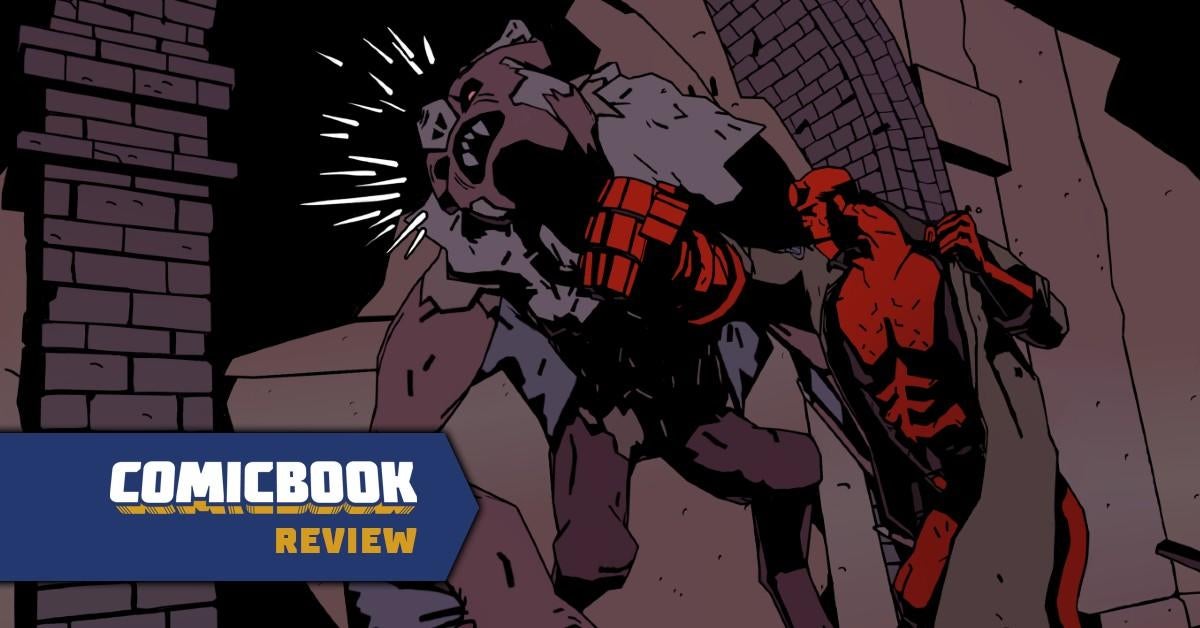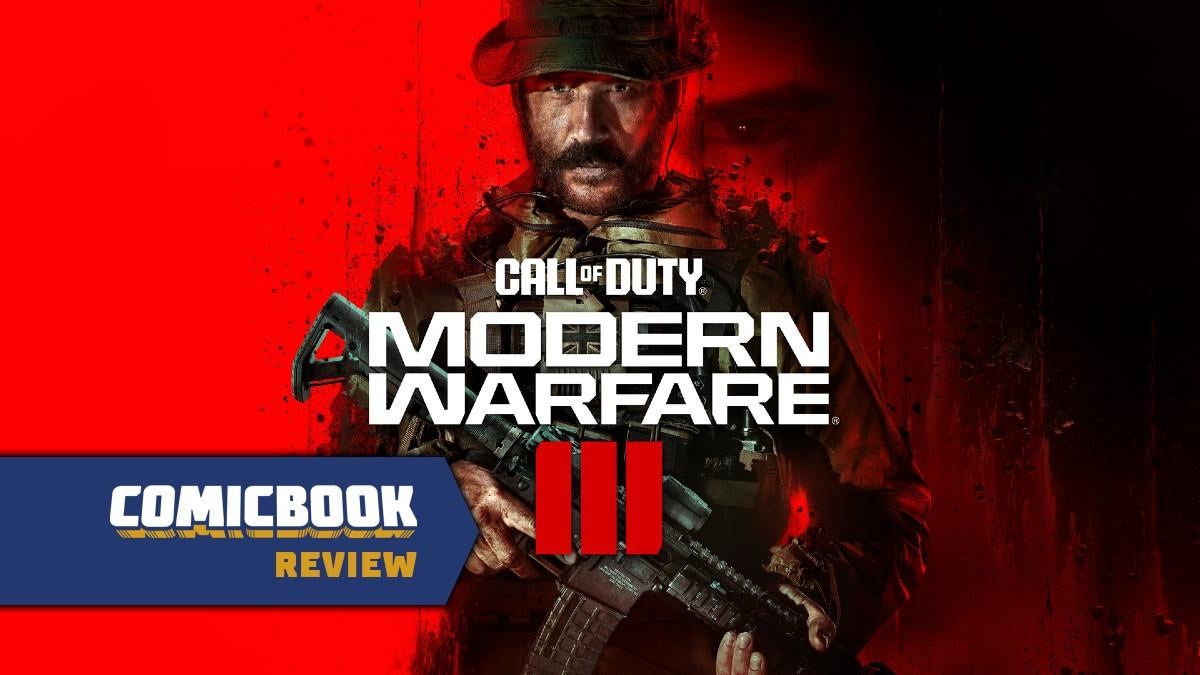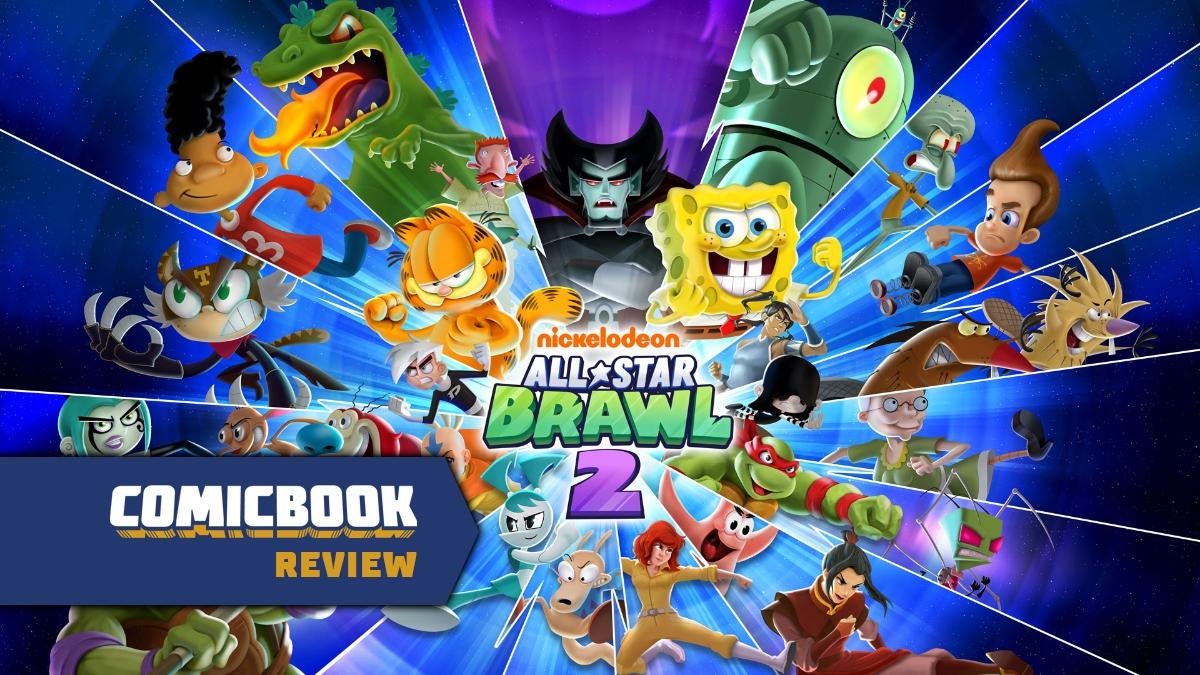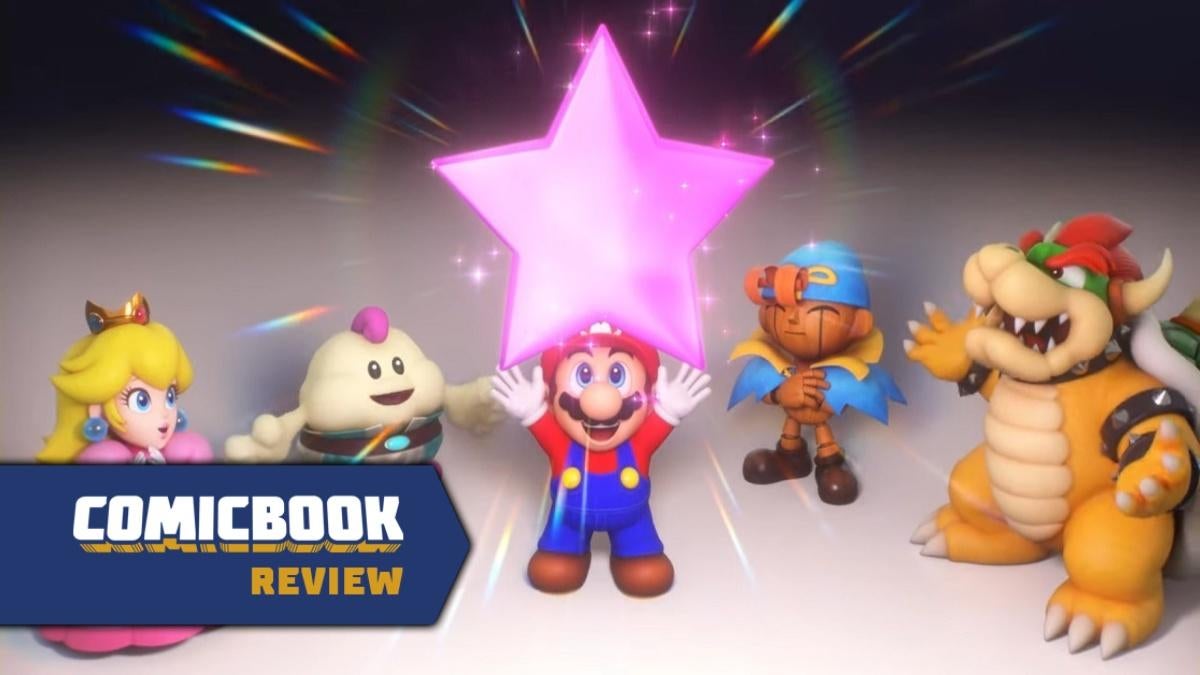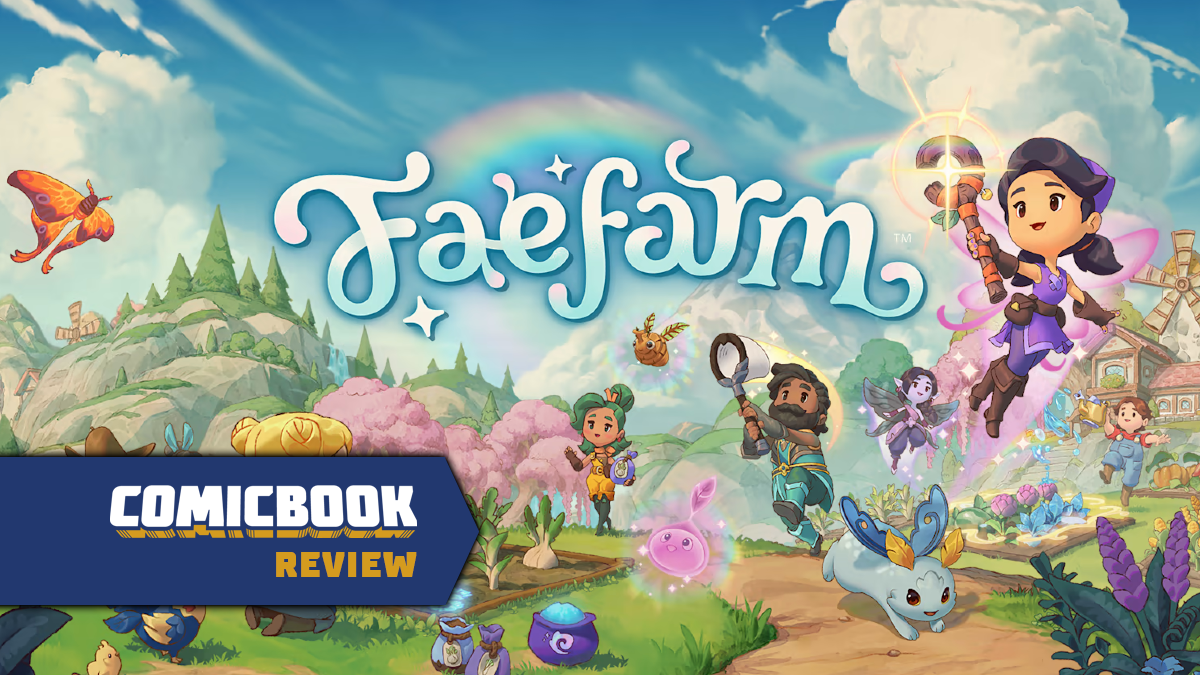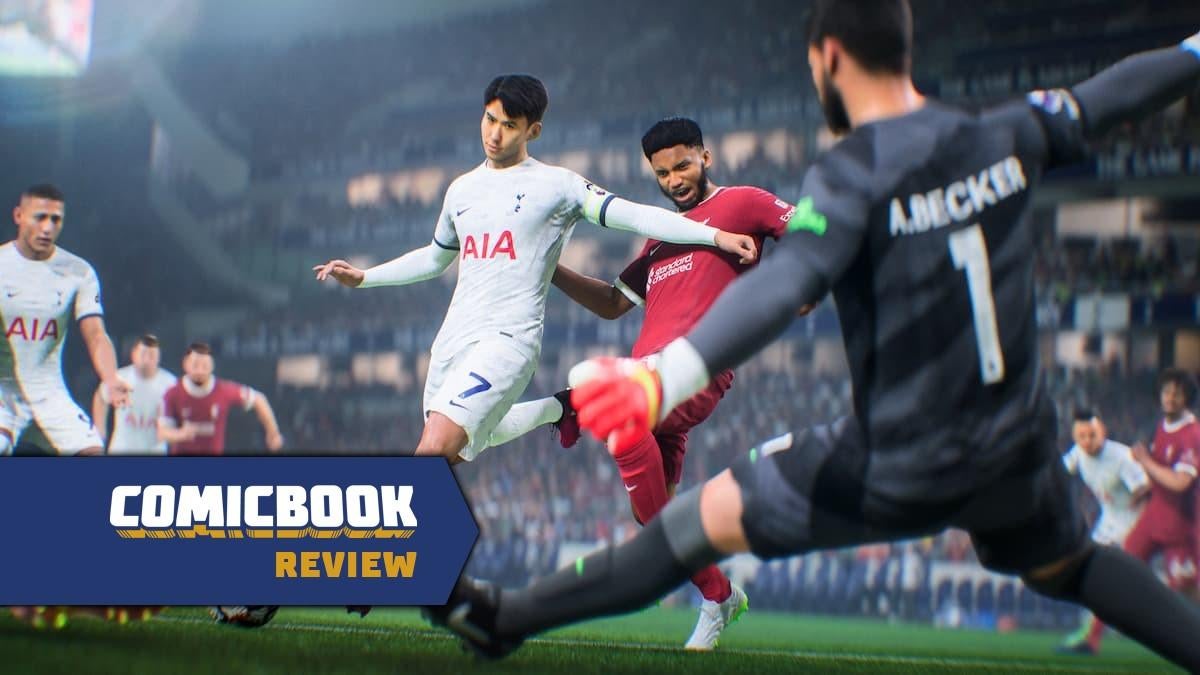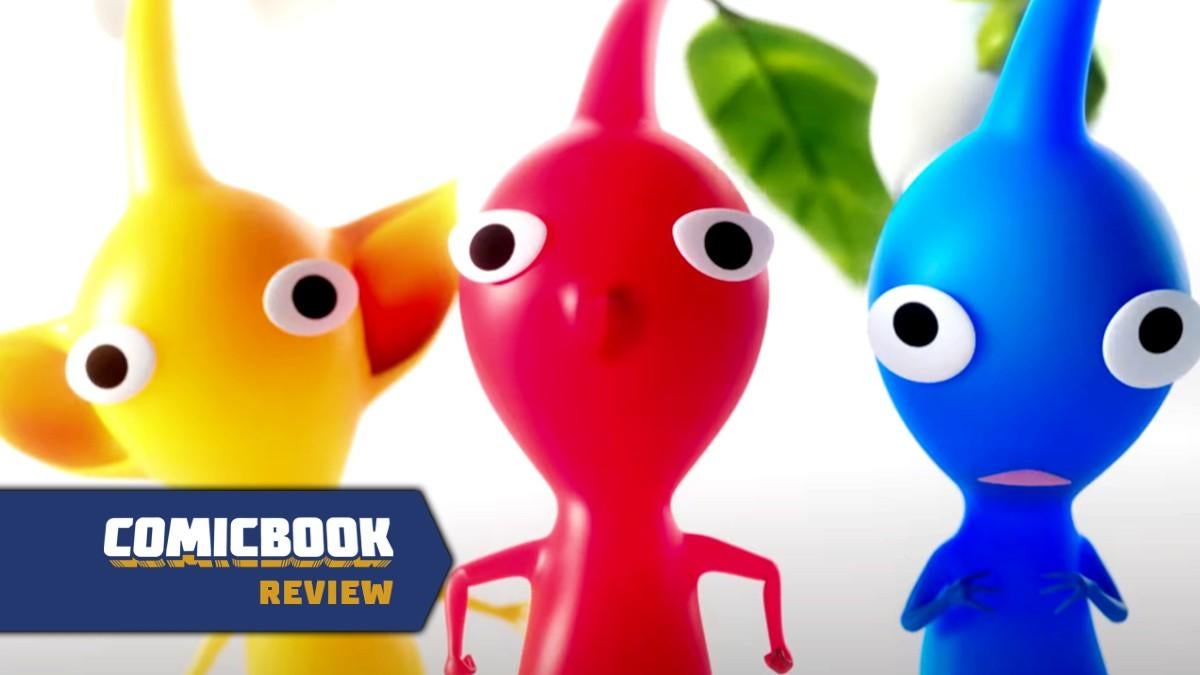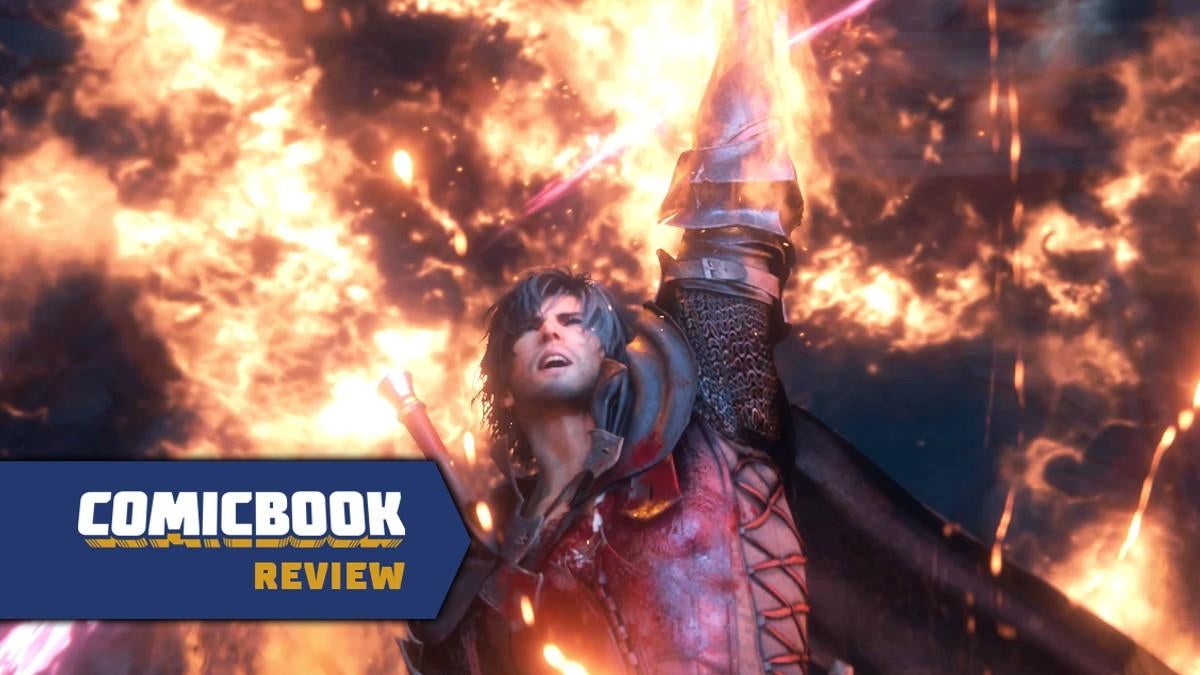Hellboy has graced comic book pages for decades. While previous attempts to bring him to life in live-action, animation, and video games have met with varying success, they often lacked the distinct look and feel of Mike Mignola’s original comics. Hellboy: Web of Wyrd aims to capture that signature gothic style within a roguelike beat-em-up. While visually impressive, the repetitive gameplay ultimately holds it back.
Hellboy: Web of Wyrd‘s greatest strength lies in its stunning visuals. The game translates the shadows and darkness so characteristic of Mignola’s art into a 3D space with remarkable depth and texture. Even simple camera movements create dynamic shadow play on Hellboy, bringing the comic book aesthetic to life.
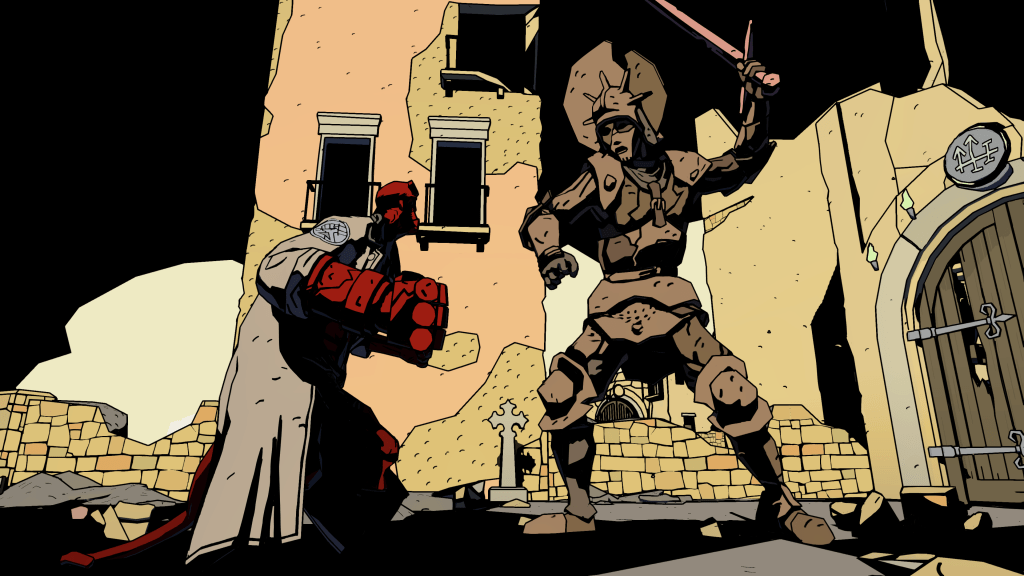 alt
alt
Narratively, Web of Wyrd weaves a tale that feels authentically Mignola. Deployed to a mysterious house in Argentina to investigate psychic disturbances, Hellboy discovers the Wyrd, an alternate dimension brimming with monsters. Exploring the Wyrd and battling its inhabitants forms the core gameplay loop, tying neatly into the roguelike structure.
The game’s environments, each featuring unique enemies, further enhance the Mignola aesthetic. While the enemies are original creations for the game, their designs feel perfectly at home in the Hellboy universe, effectively capturing the spirit of the source material.
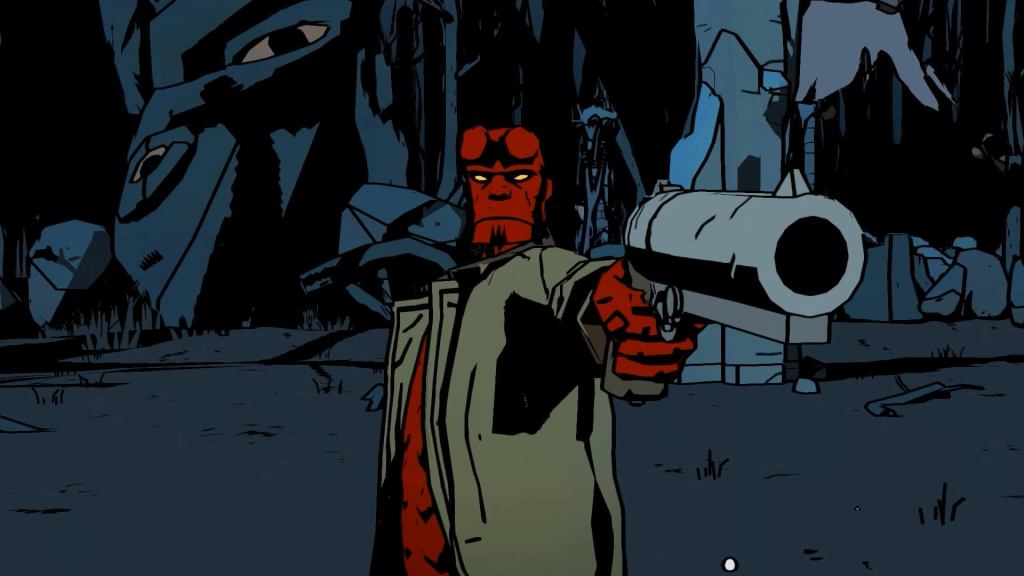 alt
alt
Ironically, Web of Wyrd‘s gameplay draws heavily from Hades, the 2020 roguelike that revitalized the genre. However, unlike Hades‘s wealth of customization options, Web of Wyrd offers limited choices. Players choose from three sidearms, three charms, and a few blessings (upgrades) before each run. This limited variety, while initially engaging, quickly becomes repetitive.
While subsequent playthroughs unlock upgrades for weapons, charms, and character stats, the repetitive level design leads to a sense of monotony. The AI often exhibits passive behavior, providing ample time to reload but diminishing the challenge. Furthermore, the limited number of weapons and charms makes it easy to discover the optimal combinations quickly, further reducing the strategic depth.
The relatively short length of each run also contributes to the game’s repetitive feel. Just as players start to optimize their builds and strategies, the level ends, forcing a restart. A longer, combined level becomes available later in the game, but the absence of bosses diminishes the unique challenges of each individual level.
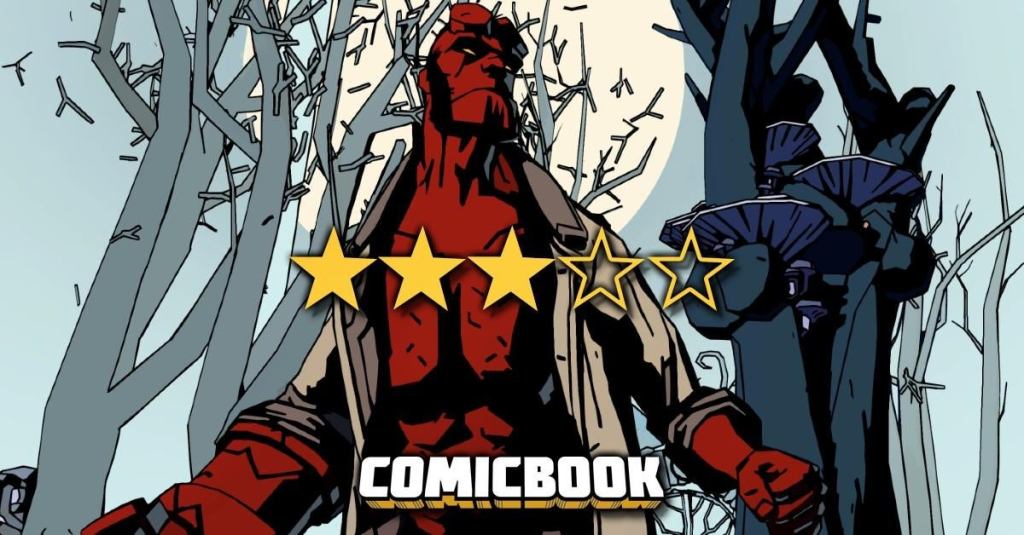 alt
alt
Combat forms the bulk of the gameplay, complemented by a degree of exploration within the procedurally generated levels. While this adds some replayability, it can also lead to frustration. The game occasionally requires multiple keys to unlock different areas, but only spawns one, forcing tedious backtracking.
Lance Reddick’s performance as Hellboy, while technically proficient, lacks the distinct characterization one might expect. His line delivery often sounds like his other notable roles, pulling players out of the experience. The repetition of certain lines further exacerbates this issue.
Hellboy: Web of Wyrd offers moments of enjoyment, primarily driven by its striking visuals. However, the repetitive gameplay and limited customization options ultimately hold it back. While the authentic story and stunning art direction are commendable, the core gameplay loop becomes tedious. By the time the game offers more extensive runs and customization, players might already be fatigued.
Rating: 3 out of 5
Hellboy: Web of Wyrd is available on PC, PlayStation 4 & 5, Xbox Series S & X, and Nintendo Switch. This review was conducted on PC using a code provided by the publisher.



